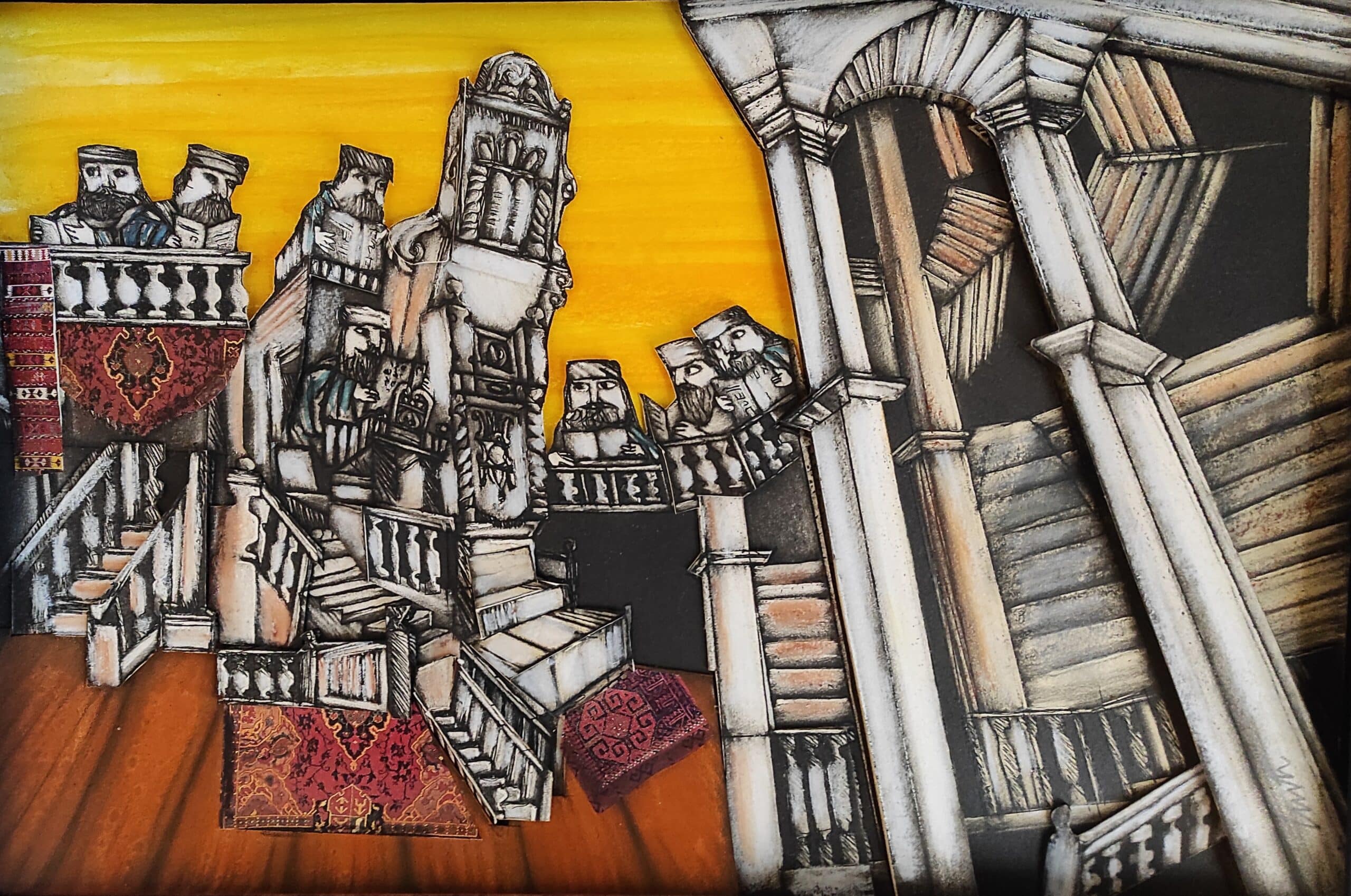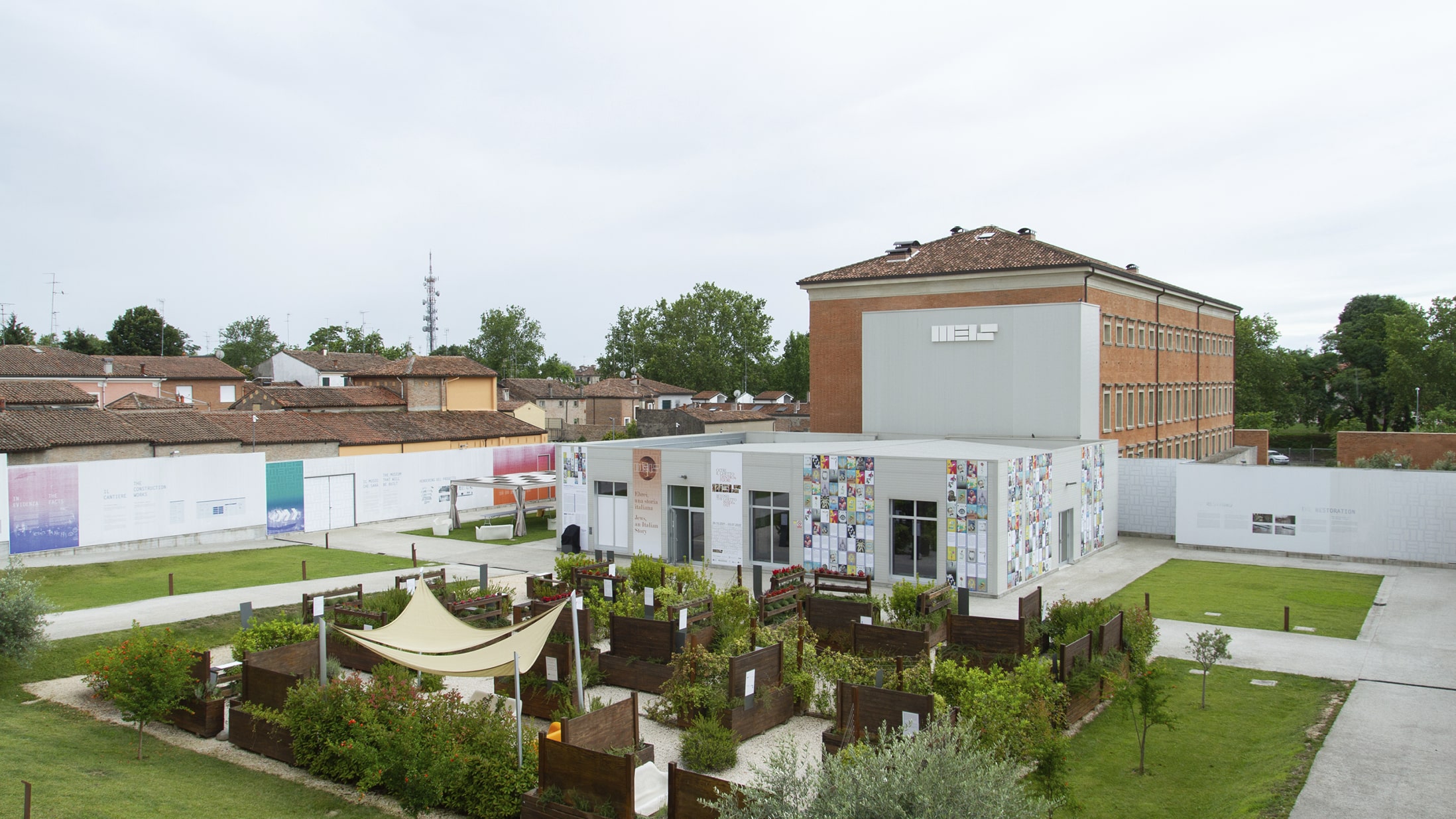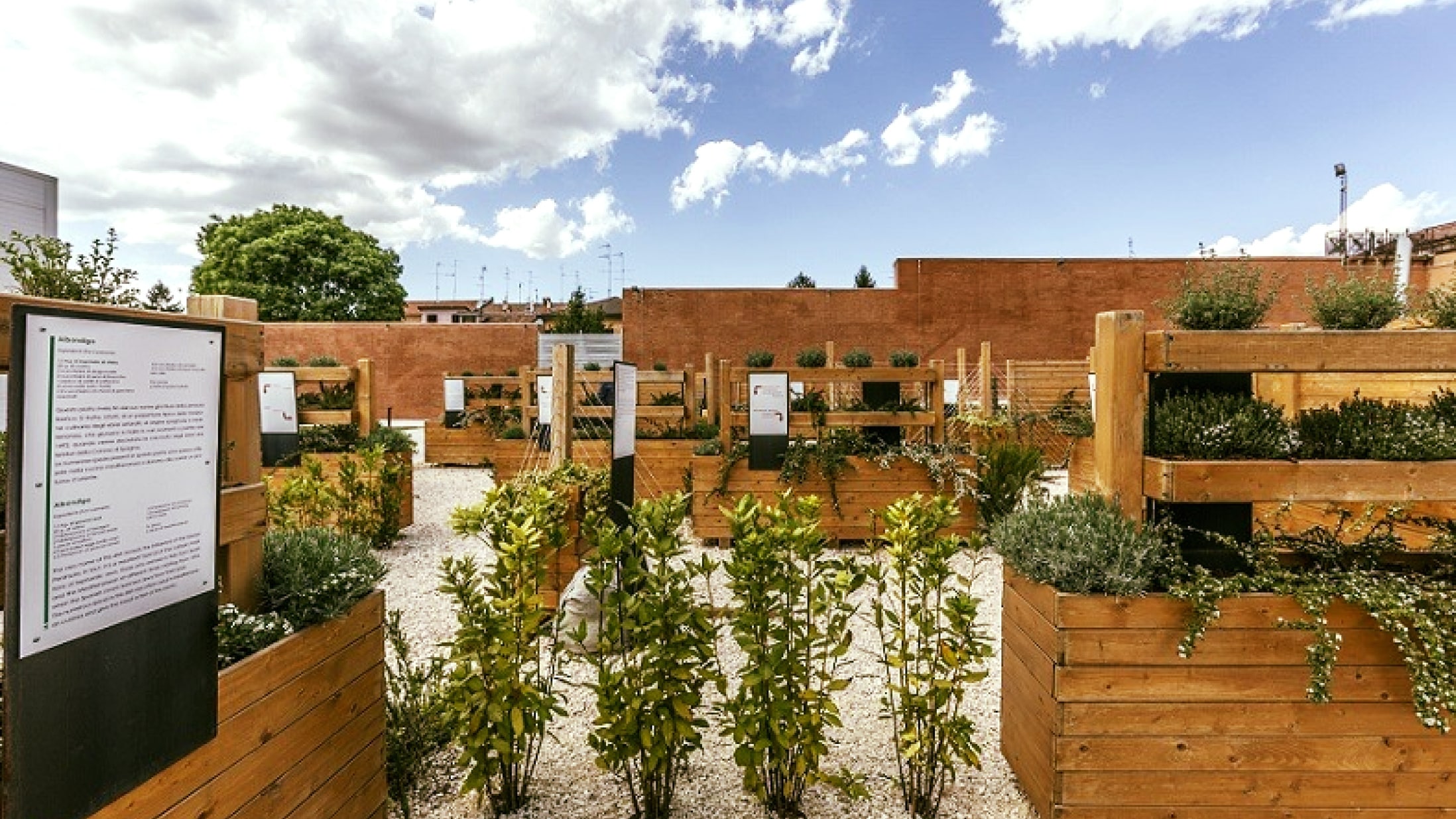 Exhibition
Exhibition
Jews in Twentieth-Century Italy
Is it possible to showcase an entire century in just one exhibition? Mario Toscano and Vittorio Bo believe so and have…

The Museo Nazionale dell’Ebraismo Italiano e della Shoah – MEIS (National Museum of Italian Judaism and the Shoah) was founded with Italian Law 91 of 17 April 2003, amended by Law 296 of 27 December 2006, to “bear witness to the events that have characterized the two thousand years of Jewish presence in Italy”.
From South to North, for centuries Italian Jews have contributed to and participated in the country’s evolution, through phases of integration and exchange and other difficult times marked by persecution and isolation. What emerges is a common experience that affects everyone. At the MEIS, everyone can rediscover a piece of their history.
The MEIS is located in Ferrara, a unique city that encompasses the various experiences of the millennial history of Italian Jews. Present in Ferrara since the 12th century, the Jews have interwoven an intricate relationship with the city. Crucial was the policy of welcome extended by the House of Este and, in particular, dukes Ercole I and Ercole II and which culminated in the edicts inviting the Spanish and Portuguese Jews — driven from their homelands in 1492 — to settle in the city. After the city passed to the Papal States, the ghetto was established in 1627 and the local Jewish community declined only to resume its leading role in the social and economic fabric of Ferrara after 1859, when they gained equal rights. The racial laws and Nazi-fascist persecution obscured the serenity of daily life, but the local community was able to withstand the impact of time and hardship and is still active after more than a thousand years.

One of the main objectives of the MEIS is to bear witness to and document the Shoah in Italy through temporary and permanent exhibitions, educational workshops, screenings and meetings.
The Fascist persecutions kicked off by the racial laws passed in 1938 — through which the Jews were isolated and alienated from society — peaked in 1943 when thousands of Italian citizens were rounded up and deported to the extermination camps.
Kicked out of their schools and university positions, banished from the professions, Italian Jews were herded to the death trains and killed simply because they were Jews. Many of those who managed to save themselves joined the Resistance, playing a role in the country’s liberation; many continue to remember what happened each and every day, to give a face to those who were annihilated, speaking in schools to ensure that all this never happens again.
The mission of the research, educational, and exhibition Center “Petersburg Judaica” associated with the European University at St. Petersburg is to…
The Jewish Museum Merano is located in the basement of the synagogue, some objects are on display on the ground floor…
The Jewish Museum of Greece was founded nearly 45 years ago, in 1977, to collect, preserve, research and exhibit the material…
In order to furnish the SchPIRA Museum, the Historical Museum of the Palatinate and the State Office for Historic Preservation made…
The Museum was established in October 1997 as an exhibition of photographic material that was collected from Rhodian Jews of Diaspora,…
The Jewish Museum of Belgium is located in the Brussels historical section of the Sablon and of the Mont des Arts….